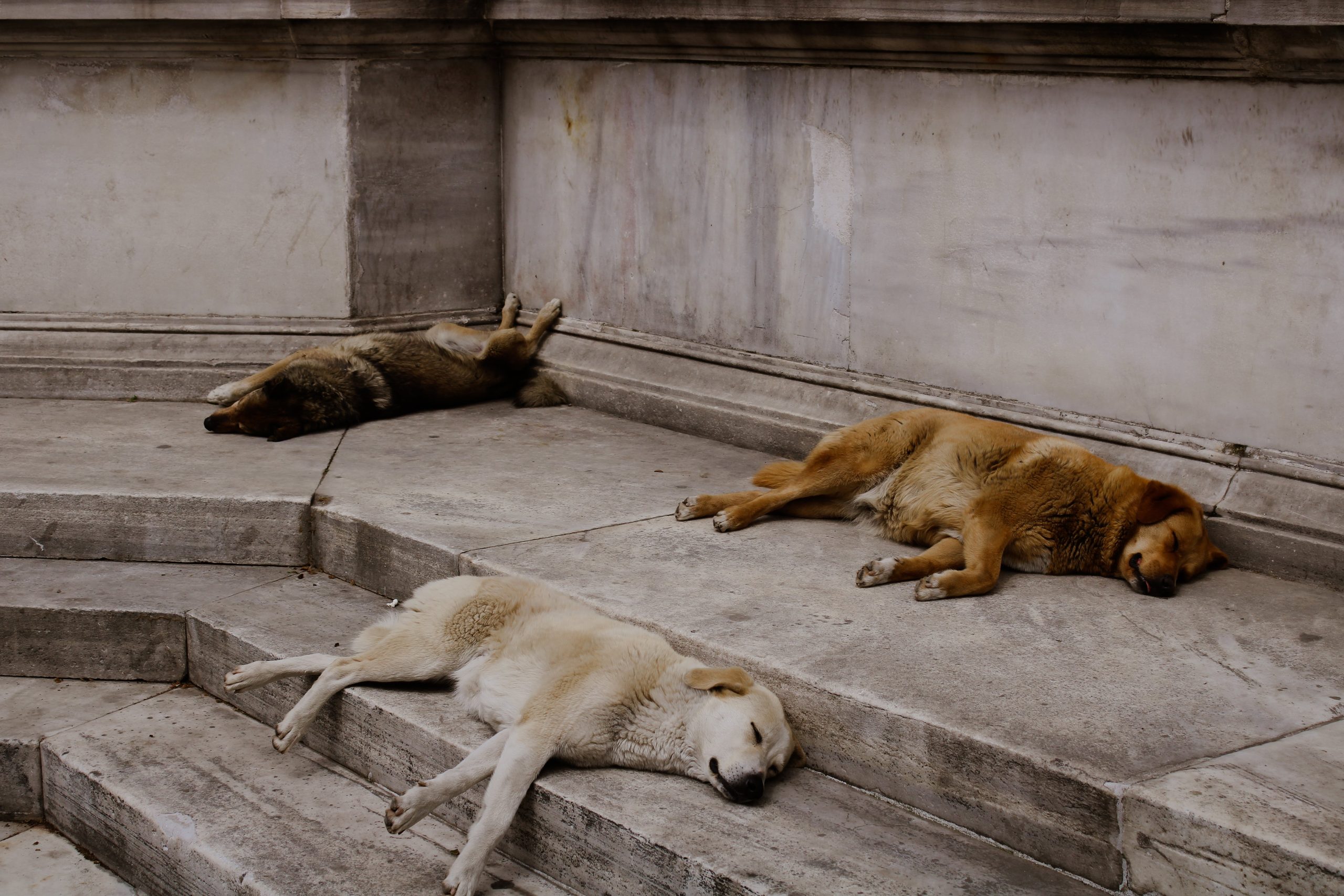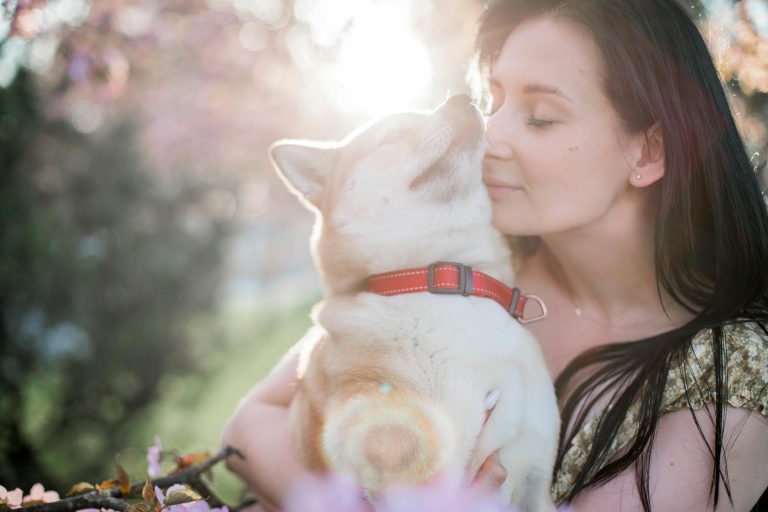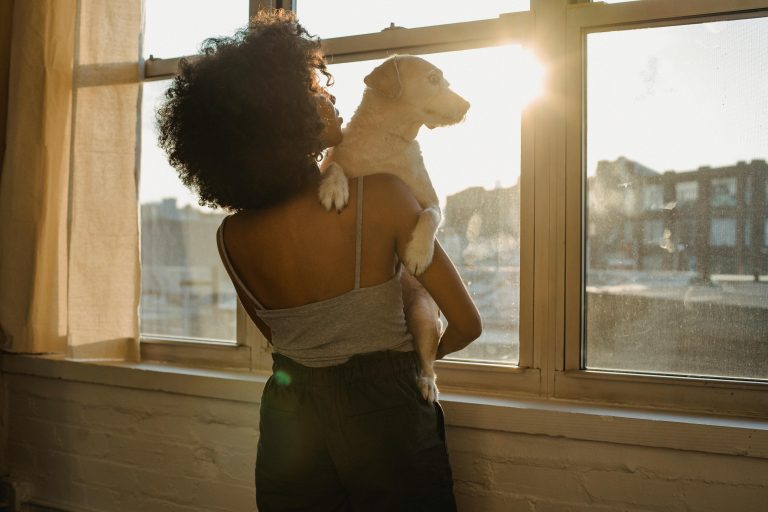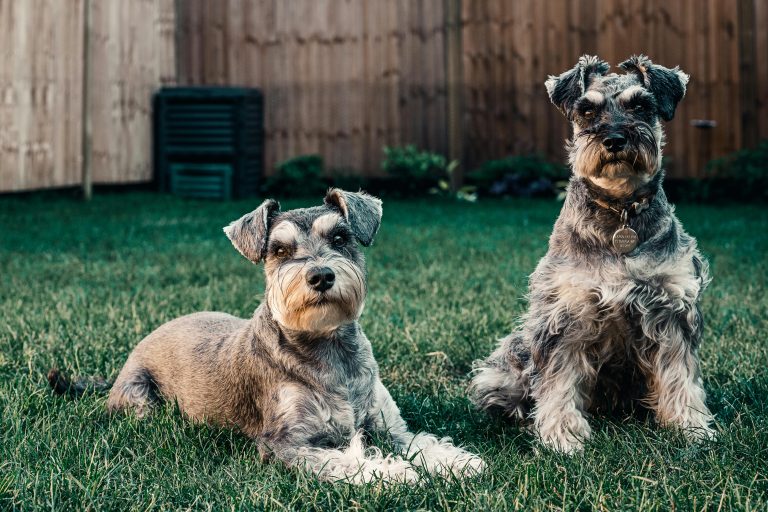What Do Dogs Dream About? Unveiling the Canine Dreamland
Introduction Dogs Dream
Dogs, our loyal companions, exhibit fascinating behaviors, and one intriguing aspect is Dogs dream. As we watch our furry friends twitch and whimper in their sleep, it begs the question: What do dogs dream about? Let’s embark on a journey to unravel the mysteries of the canine dreamland.

Understanding Canine Sleep
Sleep Cycles in Dogs
Understanding dog dreams starts with comprehending their sleep cycles. Much like humans, dogs go through different phases of sleep, with one of the crucial stages being the Rapid Eye Movement (REM) phase.
Rapid Eye Movement (REM) Phase
During REM sleep, dogs experience heightened brain activity, similar to when humans dream. This phase is characterized by rapid eye movements, increased heart rate, and, interestingly, muscle paralysis to prevent acting out dreams.
What Triggers Dog Dreams?
Scent Memory
Dogs have an extraordinary sense of smell, and this extends into their dreams. Scent memories from daily activities can play a significant role in shaping their dream experiences.
Daily Experiences
Just like us, dogs process and consolidate daily experiences during sleep. Positive interactions, playful moments, and even encounters with other animals may find their way into your dog’s dreams.
Social Interactions
The social nature of dogs also influences their dreams. Interactions with their human family, fellow dogs, or other pets create a rich tapestry of experiences that could unfold in their dreams.
Unraveling the Mystery: What Dogs May Dream About
Chasing Adventures
It’s not uncommon for dogs to dream about chasing squirrels, balls, or even their favorite toys. These dreams may mirror the thrill of a daytime adventure.
Reenacting Playtime
Dogs love to play, and these joyous moments often make their way into dream scenarios. You might notice your dog twitching or wagging their tail as they relive a particularly joyful playtime.
Human and Canine Bonding
For dogs deeply bonded with their owners, dreams may involve scenes of shared activities, cuddles, or simply being close. The strong emotional connection translates into heartwarming dream sequences.

Do All Dogs Dream Alike?
Variations Among Breeds
Interestingly, different dog breeds may exhibit variations in their dreaming patterns. While some breeds might have more vivid dreams, others may be more subdued in their sleep behaviors.
Age and Dream Patterns
Age also plays a role in how dogs dream. Puppies, with their exuberance and boundless energy, might have more frequent and intense dreams compared to senior dogs.
Signs That Your Dog Is Dreaming
Twitching and Paw Movements
One of the telltale signs that your dog is dreaming is noticeable twitching or paw movements. This physical activity corresponds with their dream actions.
Whining or Soft Barks
Some dogs may vocalize during dreams, emitting soft whines or barks. It’s a fascinating glimpse into their subconscious as they react to dream stimuli.
Can You Influence Your Dog’s Dreams?
Enriching Daily Experiences
To ensure your dog has delightful dreams, enrich their daily experiences. Regular walks, engaging playtime, and exposure to new scents contribute to a more fulfilling dream life.
Creating Comfortable Sleep Environments
A cozy, comfortable sleeping space is conducive to pleasant dreams. Providing a soft bed in a quiet corner can enhance your dog’s sleep quality.
Common Misconceptions About Dog Dreams
Myth: Only Happy Dreams
Contrary to popular belief, not all dog dreams are blissful. Dogs, like humans, can have nightmares or unsettling dreams influenced by negative experiences.
Myth: All Dogs Dream
While many dogs do experience dreams, not every dog enters the dream world. Factors such as health, age, and individual differences can influence dream frequency.
The Connection Between Dog Dreams and Health
Stress and Anxiety
Stress and anxiety can impact a dog’s dreams. If you notice a change in your dog’s dream behavior, it’s essential to consider potential sources of stress in their environment.
Age-Related Changes
As dogs age, their sleep patterns and dream experiences may change. Be attuned to any shifts in your senior dog’s dreaming habits, as it could be indicative of age-related changes.
Tips for Ensuring Your Dog’s Sweet Dreams
Regular Exercise
Regular exercise not only contributes to a healthy lifestyle but also promotes restful sleep, leading to more positive dream experiences.
Healthy Diet
A well-balanced diet is crucial for overall well-being, and it can indirectly influence the content of your dog’s dreams. Nutrient-rich food supports a healthy mind and body.
Comfortable Sleeping Space
Invest in a comfortable sleeping space for your dog. This not only fosters better sleep but also enhances the likelihood of pleasant dreams.
FAQs About Dog Dreams
Can dogs have nightmares?
Do puppies dream differently than adult dogs?
Should I wake my dog up if they seem distressed during a dream?
Can certain foods impact a dog’s dreams?
How often do dogs dream?
Conclusion
In conclusion, understanding what dogs dream about involves delving into the unique world of canine experiences. From chasing adventures to reliving joyful moments, our furry companions embark on fascinating dream journeys. By recognizing the signs, debunking myths, and fostering a positive environment, we can ensure our dogs enjoy sweet dreams night after night.




Leave a comment